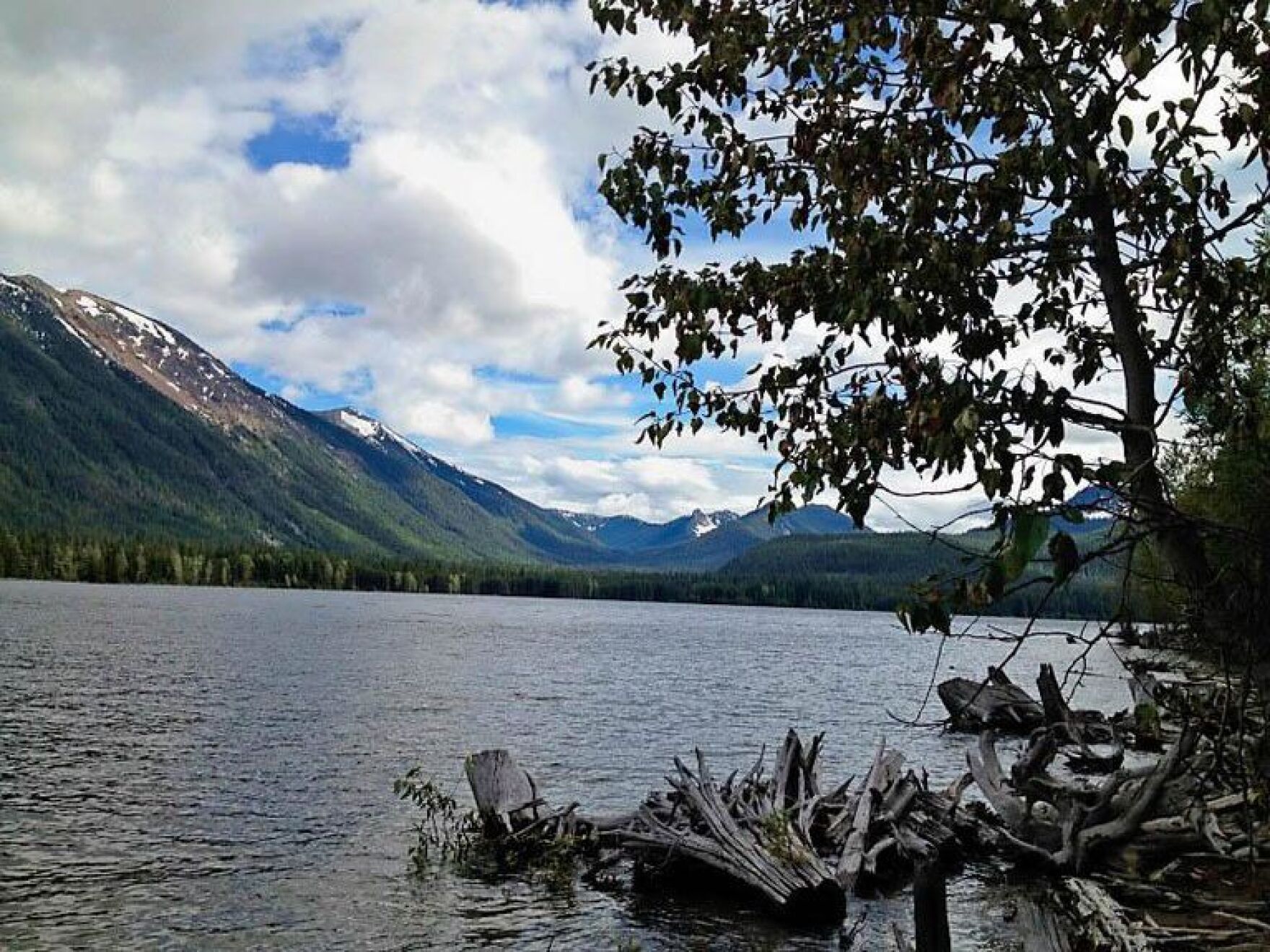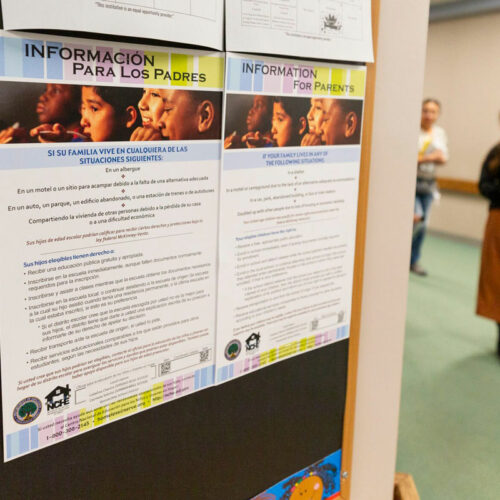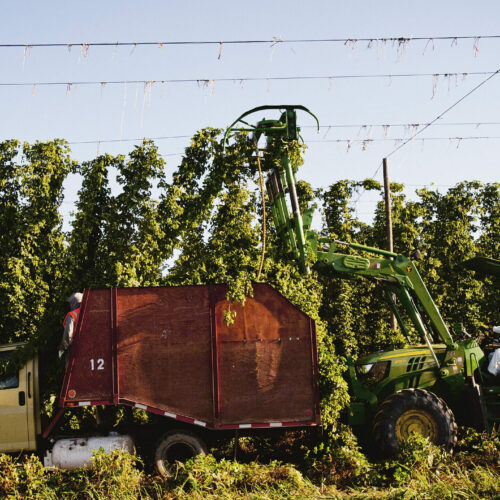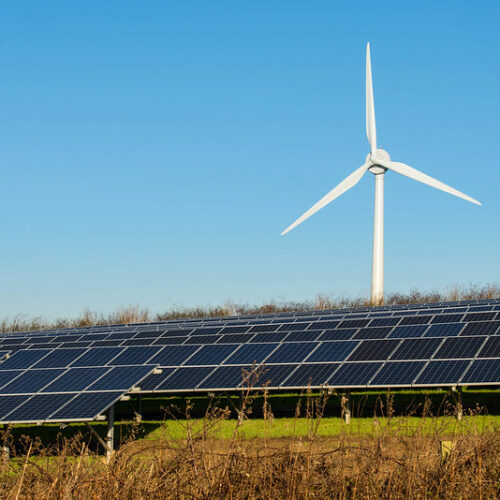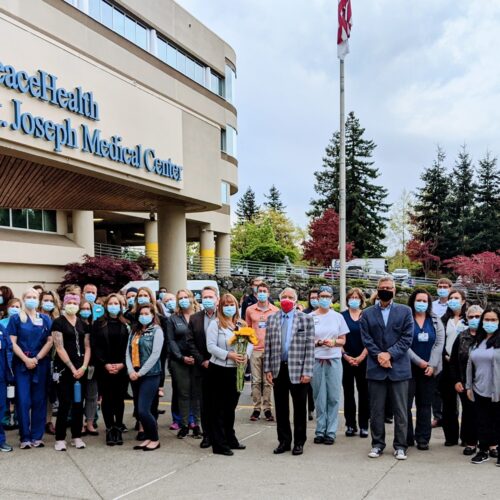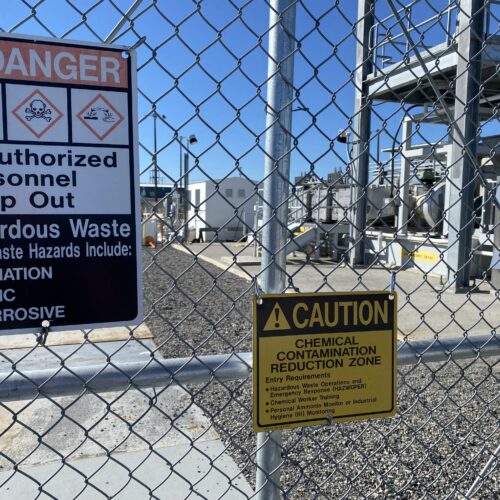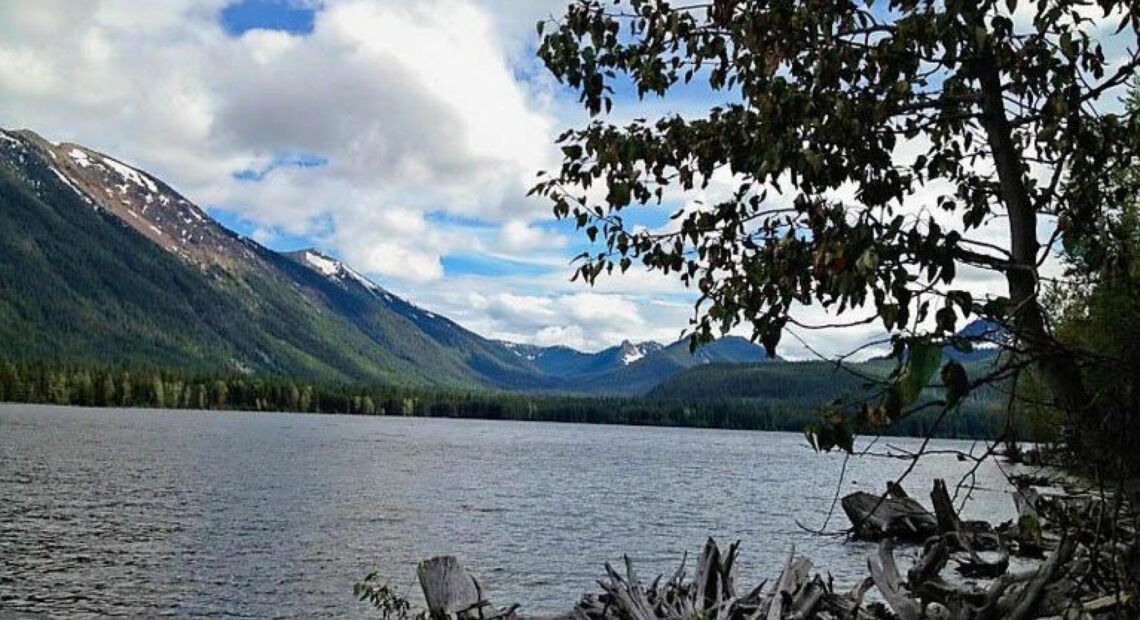
Yakima Water Woes Need More Storage Options, Advocacy Group Says
Read
Climate change is forcing creative water storage options in the Yakima River Basin to ensure enough water for fish, cities and farmers.
This week, Rep. Dan Newhouse, R-Washington, visited with the Yakima Basin Storage Alliance, a group that advocates for building more water storage. More storage is key to solving the region’s water woes, Newhouse said.
Of the lack of water Newhouse said, “It’s kind of like playing a game of Russian roulette because we’re so dependent on the precipitation and weather patterns to be favorable so that we have an adequate supply of water to get us through the next growing season.”
Those concerns only increase with the effects of climate change, Newhouse said.
“With the changes that we’re seeing in our precipitation, predictions are that we won’t have the snowpack in the mountains that we’ve depended on for so long as being another reservoir. More precipitation falls as rain,” Newhouse said. “There’s no question that we need to be able to capture more of that water and store it for later use.”
Often, droughts leaves Yakima Valley farmers scrambling to water crops, especially if the land the farmers irrigate falls low on the list of who receives water first, said Charlie de la Chapelle, a retired apple and pear farmer who now serves on the Yakima Valley Storage Alliance.
Increasing droughts aren’t only painful for farmers who don’t have water right priority, he said, they’re also hard on fish.
“The water supplies in the Yakima Basin are relatively fixed,” he said. “You can divert water supplies for ag, or you can leave them in the river for fish.”
After years of fighting, groups representing fish, farmers and municipalities decided they would listen to each other’s concerns in a workgroup. In 2013, the U.S. Bureau of Reclamation began a long-term plan, known as the Yakima River Basin Integrated Water Resource Management Plan.
The extensive 30-year plan could cost up to $5 billion. The plan includes projects to improve fish habitat and passage, increase water storage, and enhance water conservation.
Water storage is incredibly important to the success of the ongoing plan, which is incredibly complicated, said Jeanne Demorest, an assistant manager with the Bureau of Reclamation. Storage projects also are extremely expensive, she said.
“Additional storage is very important, as we deal with climate change and with additional water use in the basin,” Demorest said.
During the first phase of the plan, which is scheduled to wrap up in 2023, the workgroup started several projects and studies, including increased water storage at the Cle Elum Reservoir. That storage will raise the reservoir by three feet, Demorest said.
In addition, a fish passage system is expected to be completed in 2025 at Cle Elum Dam. The Yakama Nation would own the rights to that extra water, which would be used solely for instream flows that would benefit fisheries, Demorest said.
However, de la Chapelle said, the growing Central Washington basin still needs more water storage, although the proposed areas to build dams or increase current reservoirs are controversial and expensive.
While many people view building more large-scale reservoirs as an environmental blight, he said, it could be built and managed so that it’s also beneficial for fish.
So far, de la Chapelle said, not enough has been done to help fish, agriculture or municipalities.
“We have not moved the needle,” de la Chapelle said. “When it comes down to it, we have not added more fish. We have not increased water storage.”
Right now, Demorest said the workgroup is modeling water needs in the basin and what water storage options would best fit those needs.
Several large water storage projects are under consideration, such as enlarging Bumping Lake in Central Washington, but much more study and evaluation is needed for each project, she said. Some irrigation districts involved in the integrated plan have proposed other smaller water storage projects, Demorest said.
Demorest said the workgroup is studying how more rain can be captured and released at different times to benefit the entire basin.
“For filling the reservoirs, we have to look at more creative options,” she said.
However, at least two of the proposed reservoir projects have faced strong opposition from cabin owners, including at Bumping Lake and Lake Kachess.
At Bumping Lake, the reservoir would be filled higher after the construction of a new dam, which would inundate cabins.
Another project at the Kachess reservoir is further along. There, officials are studying a floating pumping plant that would transfer water from the reservoir to the river to help downstream farmers.
Bureau of Reclamation officials have said the Kachess project would play an important role in getting water to irrigators during drought years. A feasibility design is expected in 2022.
Friends of Lake Kachess, a group that advocates against the Kachess project, does not support the project. In an earlier interview, cabin owners said the Kachees project could drain the lake, lowering property values, decreasing water for bull trout, and making it more difficult for firefighters to pump water in emergency situations.
“You would not be able to see the water because it drops off so steeply. If you were standing up there it would look like the Grand Canyon,” said cabin owner Bill Campbell in an earlier interview.
Also under consideration, Demorest said, is the creation of Wymer Reservoir, which would dam up Lmuma Creek, an intermittent tributary channel to the Yakima River.
However, de la Chapelle said the plan also should include a pumped storage facility, which could pump water from the Columbia River for irrigators.
Time isn’t on the side of agriculture or fish, de la Chapelle said.
“We need water storage to be completed before our next drought,” de la Chapelle said.
Related Stories:
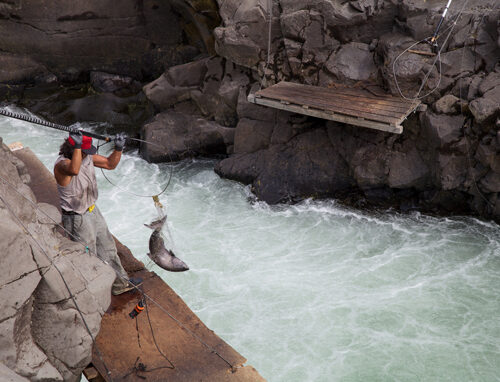
Fish hatchery transferred to Yakama Nation, upgrades underway
Yakama Nation tribal members fish in the Klickitat River for fall chinook salmon. The Yakama Nation recently gained ownership of a fish hatchery on the river. (Credit: USFWS – Pacific
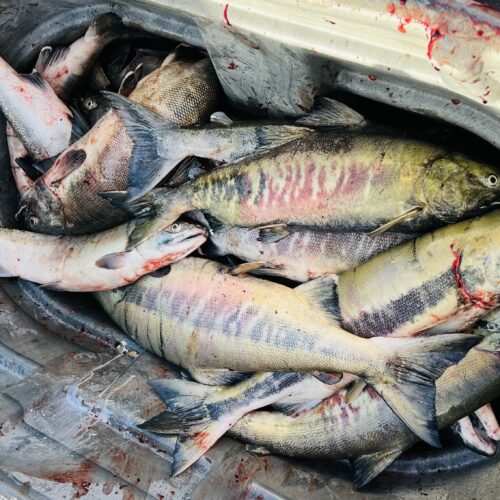
‘It just tastes like time’: Salmon are a sacred relative to the Nisqually tribe and Native Americans across the Northwest
Freshly caught chum salmon display their greens and pink colors like the aurora, in December on the Nisqually River. (Courtesy: Willie Frank III) Listen (Runtime 3:54) Read On a tall
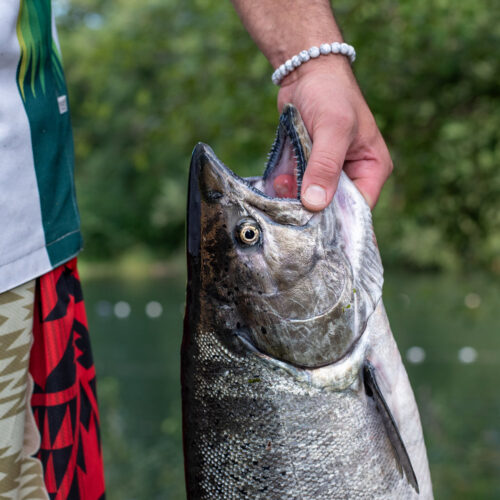
Billy’s magic: Tribal leader’s fierce fight for fishing rights to be honored with a statue in Washington, D.C.
Nisqually tribal fisher Willie Frank III holds a freshly caught chinook, or king, salmon at the Nisqually River where his family has fished for generations. The chinook being caught are

